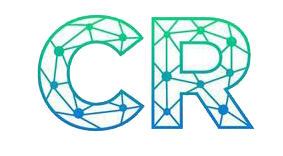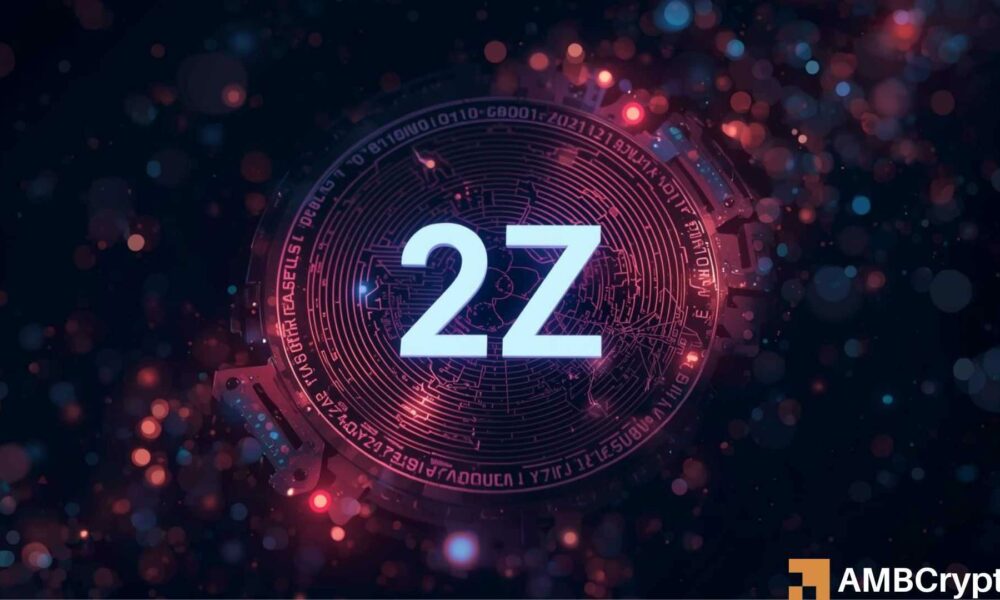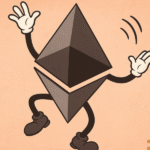Key Takeaways
Why did Double Zero’s price crash?
The altcoin plunged amid rumors of a team sell-off.
Did the founder’s clarification help the token?
No, players were still heavily shorting it as of this writing.
Double Zero [2Z] continues to grab headlines amid accusations of insider sell-off after the token dumped more than 50% after launch. The token jumped to a high of $1.2 after it began trading publicly on the 2nd of October.
But over the past two days, the altcoin has plunged below $0.50, marking over 60% dip on the Binance exchange. Although it reclaimed $0.50 at press time, the crash sparked accusations of a dump by the project team.


Source: 2Z/USDT, TradingView
Founder slams alleged rug-pull claims
One user, Evans, claimed that the DEPIN token will never trade above $1.2 again, adding that it’s a ‘max extract.’ That’s a common Crypto Twitter term similar to rug-pulling or scamming.
On his part, trader CoinMamba said,
“Can’t blame the airdrop sellers here since there was no airdrop. It’s literally the team selling…”
Heading into the launch, some community members were concerned about the amount of tokens allocated to Jump Crypto.


Source: Double Zero
According to the project’s tokenomics, Jump has been allocated 28% of 10 billion tokens. And they were allowed to offload 5% or 500 million 2Z during the launch and keep the rest locked up.
Overall, only 3.47 billion tokens were unlocked during launch (35% of total supply), with the rest set to be released by Q4 2026.
However, Double Zero founder, Austin Federa, dismissed the claims of team selling, adding that everyone is locked.
“Team is locked, Founders are locked, VCs are locked. Foundation has not sold any tokens.”


Source: X
But the clarification didn’t improve market sentiment and positioning. According to CoinGlass, Binance’s top traders increased their short positions from 56% to 60% in the past two days.
After Federa’s statement, the short positioning dropped only 1% to 59%, suggesting most players were still shorting the DEPIN project.


Source: CoinGlass
The project was formed to leverage underutilized fiber optic cables and dedicate them to blockchain network connections for low latency and better speed.
Contributors offering the fibre resources are rewarded with the token (2Z), which was cleared by the SEC as non-security.
Despite the regulatory clarity, it seems the token must weather the ongoing sell pressure and FUD before a sustainable recovery can be achieved.






